For many households, it’s not uncommon to experience clogged toilets or drains due to built-up grime and dirt. Here are some simple methods to unclog your toilet using table salt and other household items.
1 Using Salt, Baking Soda, and Vinegar
Tools You’ll Need
- Table salt
- Baking soda
- Vinegar
Instructions
Step 1: Start by removing any visible blockages in the drain with your hands.
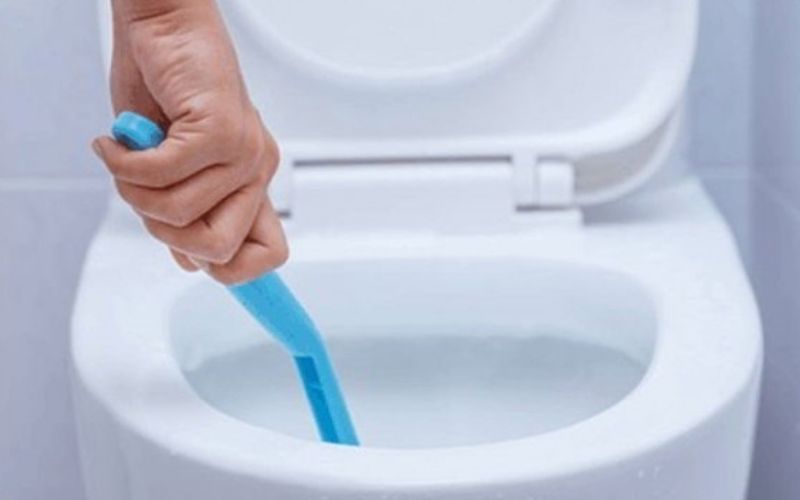
Step 2: Mix equal parts salt and baking soda, and pour this mixture into the toilet bowl or drain.
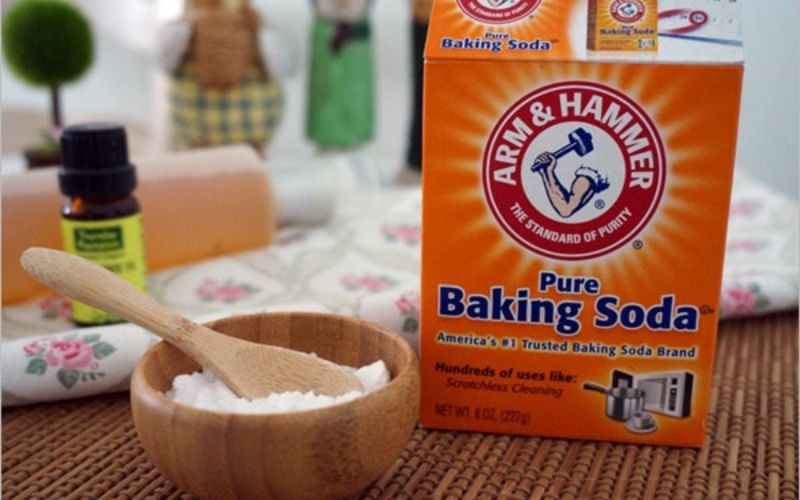
Step 3: Pour vinegar into the drain, using twice the amount of the salt and baking soda mixture. Let it sit for 15 minutes, then pour boiling water down the drain.
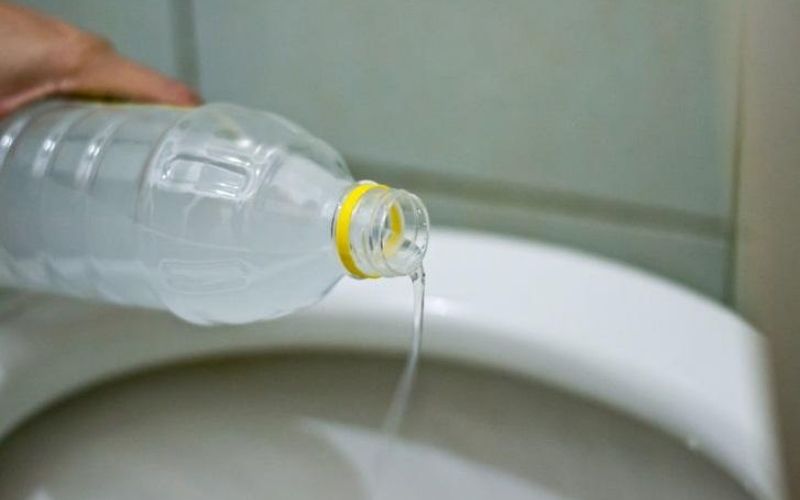
This method will effectively remove grime and buildup, ensuring smooth water flow.
Note: If you don’t have baking soda and vinegar, simply pour a cup of salt into the drain or toilet, and flush it with boiling water for a few minutes. This alternative method also works well.
In addition to this salt method, you can also try the following equally simple and effective methods to unclog your toilet or drain.
2 Using Boiling Water
Simply boil a pot of water and slowly pour it down the drain or toilet, about 3-4 times, with a few seconds between each pour.
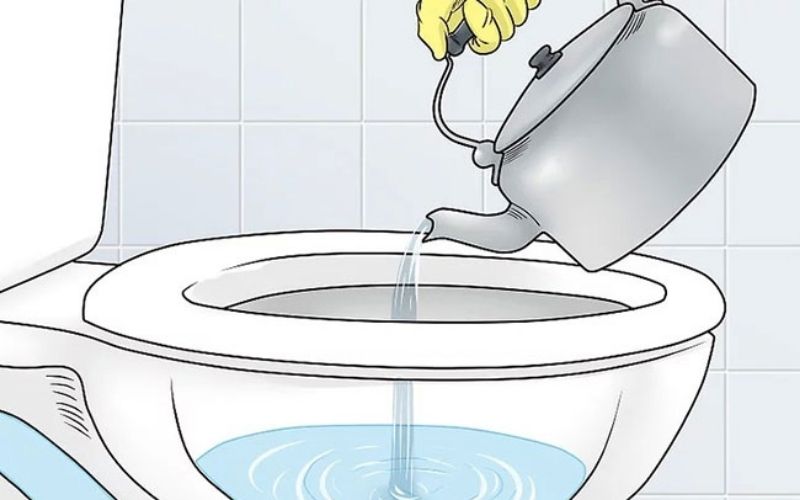
Boiling water helps to dissolve grease and grime that has built up over time. However, this method may not be as effective as the first one.
3 Using a Coat Hanger
Tools You’ll Need
- 1 aluminum coat hanger
- Cleaning rag
- A length of string
- Rubber gloves
- Pliers
Instructions
Step 1: Straighten the coat hanger with pliers, and wrap one end with a rag, ensuring it covers about ⅓ of the toilet bowl. This will help push the blockage and prevent scratching the toilet.

Step 2: Insert the rag-covered end into the toilet, pushing it down until you feel resistance. This is the blockage. Push and jiggle the hanger to dislodge the blockage. When the water starts draining faster, the blockage has been cleared. Flush with clean water.

Note: Avoid using a coat hanger that’s too stiff, as it will be harder to maneuver in the toilet.
4 Using a Wet/Dry Vacuum
Tools You’ll Need
- Newspaper or old towels
- Rags or old towels
- Rubber gloves
- Safety goggles
- Respirator mask
Instructions
Step 1: Lay down newspaper or old towels around the work area to catch any spills. Open windows or turn on exhaust fans to improve ventilation and reduce odors. Wear protective gear, including gloves, goggles, and a respirator mask.

Step 2: Use the wet/dry vacuum to remove any standing water from the toilet or drain, ensuring it’s completely dry.
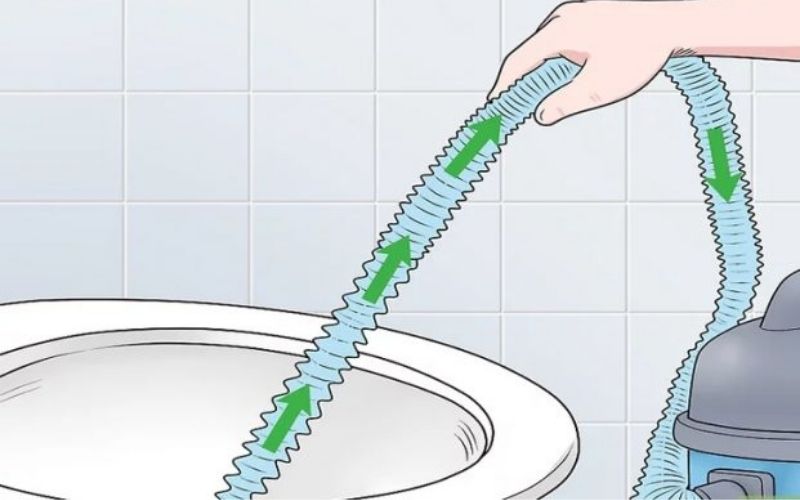
Step 3: Insert the vacuum’s hose deep into the drain and work it back and forth for about 2-5 minutes to clear the blockage.
Note: Wrap a rag or towel around the hose to seal the drain opening, preventing air from entering and reducing the vacuum’s effectiveness.
After unclogging, remove the hose and flush with water to ensure the drain is clear. If not, repeat the process.
We hope these tips help make the task of unclogging your toilet or drain a little easier! Wishing you all the best.



































